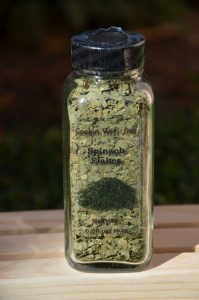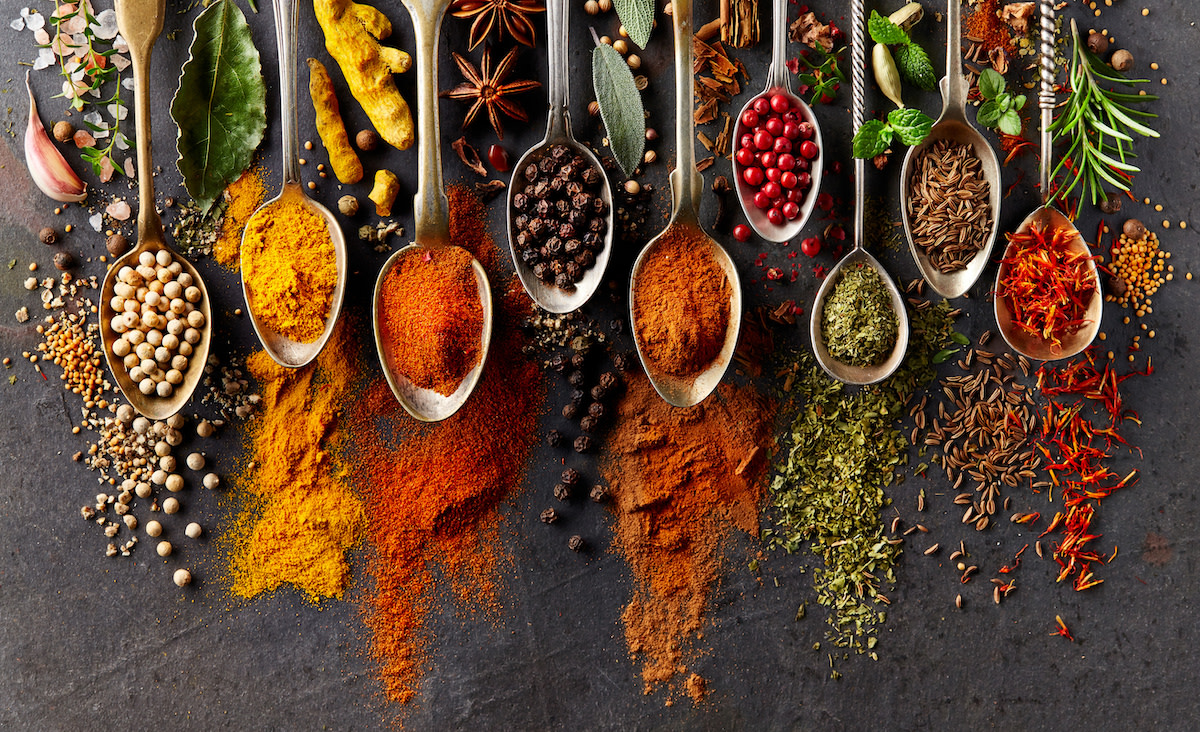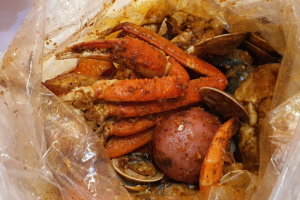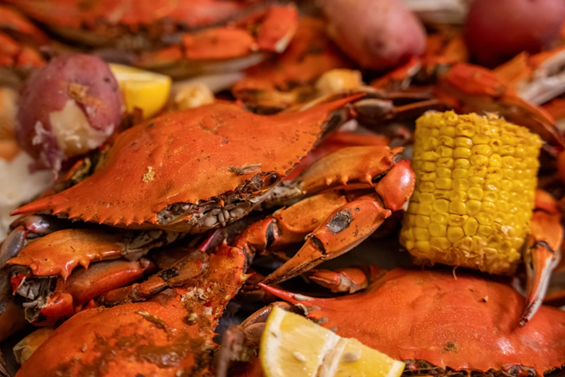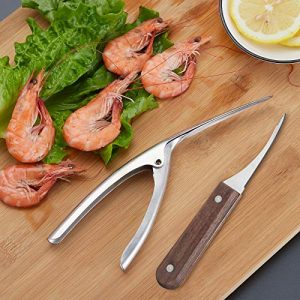Tailgate Party Experience
Nothing says getting warmed up for the game like the good old-fashioned Tailgate Party Experience. Tailgating is more than just a pregame party with food and drinks. Beyond being a meetup of huge numbers of people with the same rooting interest. Not to mention an eating and imbibing extravaganza. Tonya Williams Bradford, PhD, an associate professor of marketing and inclusive excellence term chair professor at UCI Paul Merage School of Business in Irvine, California, says that people see tailgates as an essential part of the game-day experience.
A tailgate party is a social gathering held in a parking lot. Tailgate parties typically occur before a major event like a football game or concert.. Guests park their vehicles, set up grills and chairs, and share food and drinks. They often center around the open "tailgate" of a truck or SUV. These events often include activities like playing games and listening to music to build excitement for the event. The term "tailgate" comes from the hinged rear gate of a truck or station wagon. They lower the tailgate to serve as a makeshift table or seat for the party.
This tradition grew from earlier practices, such as fans gathering around horse-drawn wagons before games. They became specifically associated with cars after the invention of wooden-sided station wagons in the 1930s. The term also has other meanings, such as a verb for driving too closely behind another vehicle. Tailgating is also a style of jazz music.

Tailgate Party Etiquette
Keeping in mind that tailgate parties are supposed to be fun, a few things to avoid exist. Some major, some minor. Here is the number one thing to avoid. Your guest should avoid excessive drinking, flirting with coworkers, discussing controversial topics, or monopolizing the buffet table. Remember that your guests' conduct reflects on you, so it's important to ensure they can present themselves appropriately. Or consider attending the event alone.
The tailgate party experience also involves people bringing their own alcoholic beverages, barbecues, and food. All of which guests sample and share among themselves. Tailgates intend to be non-commercial events, so fans frown upon selling items. People can even consider it illegal soliciting.. Popular tailgate foods include grilled items like hot dogs, burgers, and chicken wings; slow-cooked or saucy meats. Those include pulled pork, chili, and sausage. Various dips and finger foods like buffalo chicken dip, guacamole, and pigs in a blanket are included. Side dishes and other popular options often include potato salad, macaroni salad, and various nachos or sliders
In the context of this post, food preparation and consumption are what we're talking about. Our company offers a complete line of sauces, seasonings, and tools. All of which will make your tailgate experience a success. Our claim to fame is our natural seasonings and sauces. They make food pop, and believe you me, people will remember the taste of your food. Click the button below and view creations targeted for good eating.

